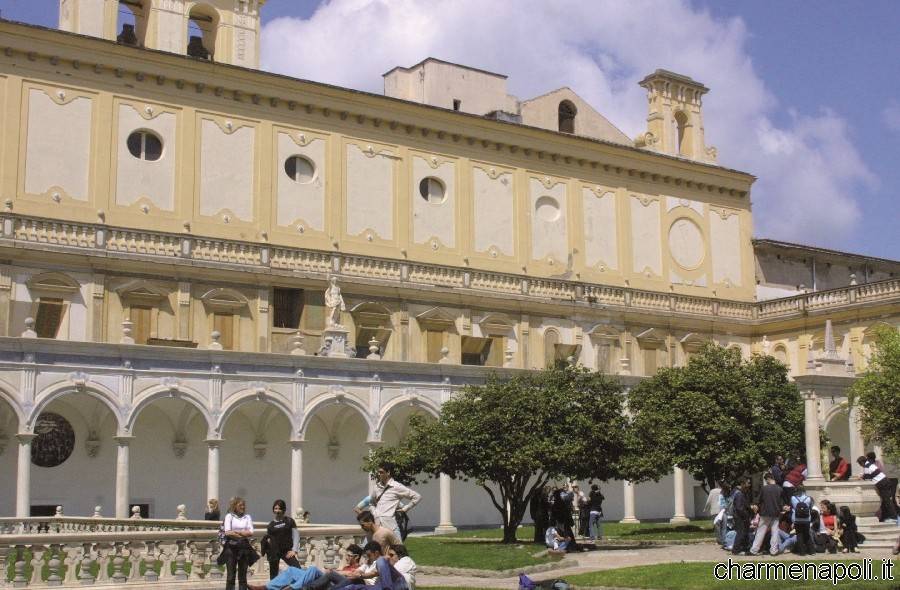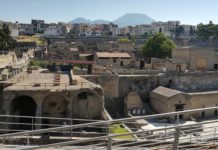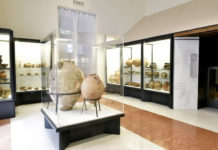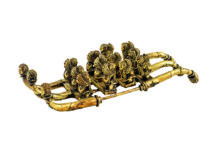Founded by Charles of Anjou and consecrated under Queen Joan I, the 14th century hilltop charterhouse of San Martino is a superb example of the Neapolitan baroque, renowned for its breathtaking view of the entire bay of Naples but, above all, for the work of Cosimo Fanzago, who transformed the gothic monastery into one of Italy’s most astonishing religious complexes. Between the late 16th and early 18th centuries, the charterhouse saw the foremost Neapolitan architects, artists, sculptors, masons, carpenters and other craftsmen embellishing the building inside and out with such superb art works, furnishings, altars, floors and other ornamentation that the charterhouse became a popular stop on grand tours and a favourite destination for writers and scholars seeking peace, quiet, inspiration and knowledge.[charme-gallery] Its attractions included the sumptuous baroque church, the exquisite choir, the chapel and treasure room, the grandiose main courtyard, the magnificent large cloister with its Doric-Tuscan colonnade and statues all along the loggia, the Carthusian cemetery and the garden with fruit trees and a well in the centre. Equally charming is the small cloister, with its terracotta and majolica floor embellished with a volute and ribbon motif by Giuseppe Massa, and the three-tiered gardens: the herbarium of the Carthusian monks, the prior’s orchard and the vineyard This enchanting atmosphere provides an ideal location for a stroll back through time, but it has also been home to the San Martino National Museum since 1866, exhibiting the finest examples of Neapolitan nativity art, weapons and memorabilia from the various ages of the kingdom and items of Neapolitan dress and festivals.

 Italiano
Italiano














